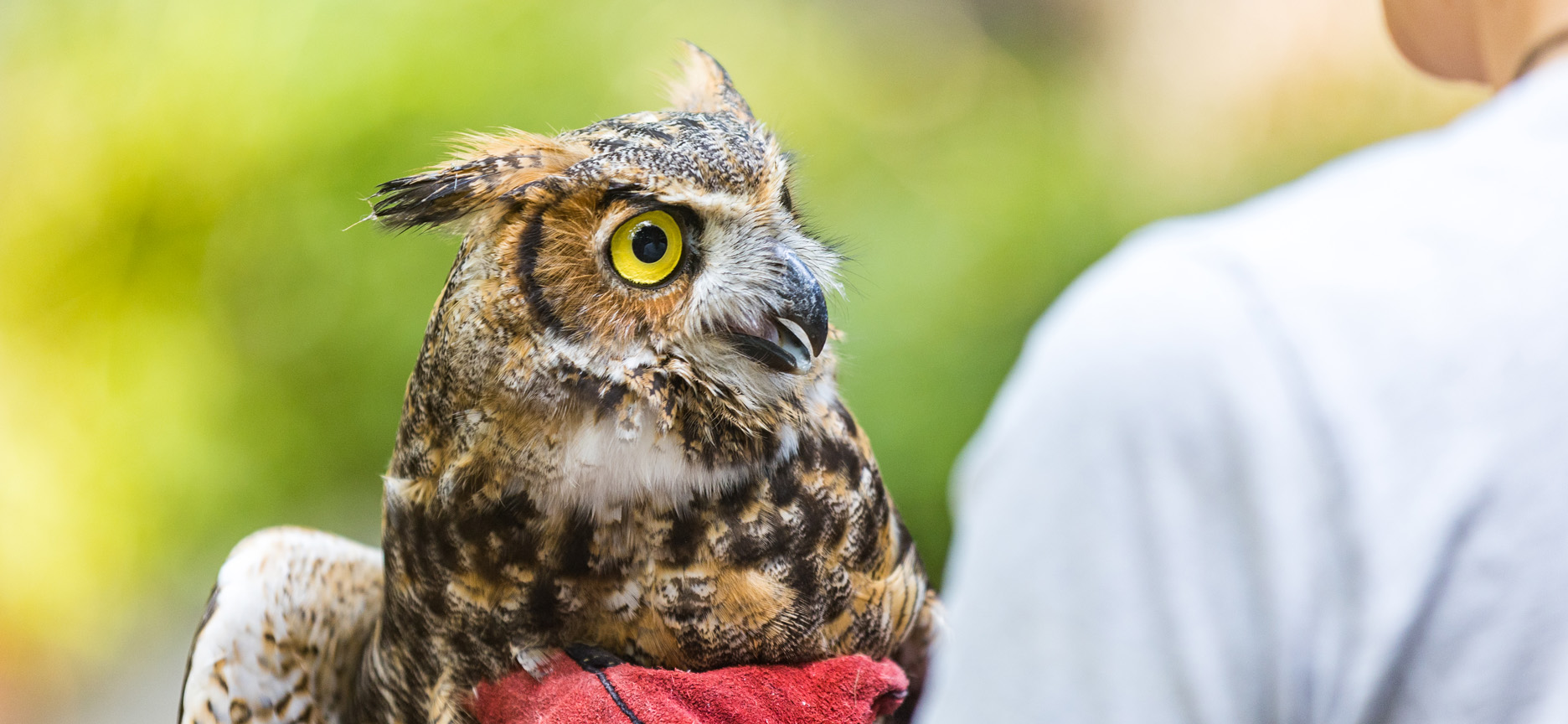The Value of Burlington Animal Control for Neighborhood Health And Wellness
The Value of Burlington Animal Control for Neighborhood Health And Wellness
Blog Article
The Function of Humane Wild Animals Removal in Protecting Resident Ecosystems
Humane wild animals removal is not simply a moral factor to consider yet an essential element in guarding local environments. By prioritizing non-lethal methods, it deals with the delicate balance in between human expansion and wild animals environment preservation. This approach not only reduces conflicts however additionally makes sure the sustainability of biodiversity. The performance of these techniques warrants additionally assessment, specifically in urban settings where human-wildlife interactions are progressively intricate. As we consider the implications of our approaches and their influence on eco-friendly consistency, one must question exactly how these techniques can be maximized to foster a much more symbiotic relationship with nature.
Recognizing Human-Wildlife Disputes
Human-wildlife conflicts often arise when the natural environments of pets intersect with human tasks, bring about competition for resources and space. As urbanization and agricultural expansion proceed to elbow in upon wild animals territories, pets such as coyotes, raccoons, and deer find themselves in closer distance to human populations. This proximity can lead to harmful influence on both wild animals and humans, as pets may cause damage to crops, framework, and individual residential or commercial property while humans may accidentally damage wild animals with environment damage and various other anthropogenic pressures.
The complexity of these disputes originates from a selection of aspects. Changes in land usage, climate adjustment, and the fragmentation of environments usually compel wild animals to adapt to new settings, in some cases leading them into business or domestic locations. Furthermore, the schedule of human-generated food resources, such as trash and animal food, can attract wildlife to human negotiations, aggravating interactions and possible conflicts.
Resolving human-wildlife problems requires a nuanced understanding of animal actions, ecological characteristics, and socio-economic factors to consider. By examining these communications, conservationists and policymakers can establish strategies that aim to alleviate conflicts while maintaining biodiversity and maintaining ecological equilibrium. The objective is to cultivate coexistence and minimize negative impacts on both human communities and wildlife populaces.
Relevance of Non-Lethal Methods
Non-lethal methods of wild animals elimination personify this principles by providing options that prevent harm to wild animals while attending to human problems. By employing such approaches, we can handle wild animals communications without resorting to lethal measures, consequently preserving animal populaces and minimizing ethical issues associated with murder.
Non-lethal approaches are vital in keeping eco-friendly balance. They ensure that varieties remain to fulfill their functions within environments, such as managing bug populations or cross-pollinating plants. These methods commonly prove more efficient in the long term, as removing specific animals can produce a gap that is promptly loaded by various other participants of the types or different species entirely. This can bring about a cycle of recurring elimination initiatives, whereas non-lethal deterrents resolve the origin of wildlife existence.
In addition, non-lethal approaches foster coexistence by educating the general public regarding wildlife habits and motivating harmonious living methods. This understanding can cause a lot more lasting human-wildlife interactions, inevitably protecting both community rate of interests and animal well-being.
Advantages for Biodiversity
When non-lethal wildlife elimination approaches are used, they contribute significantly to biodiversity preservation. By making sure the secure relocation of pets as opposed to their eradication, these approaches keep eco-friendly balance and shield the integrity of ecological communities. Gentle strategies decrease disturbances to local animals, allowing native varieties to thrive. This preservation is important as each types plays a distinct duty, often as pollinators, killers, or prey, which jointly sustain ecosystem functionality.

In addition, these methods foster coexistence official site between human beings and wildlife, reducing unfavorable communications and protecting the rich tapestry of life that defines biodiverse regions. This technique motivates a deeper understanding and regard for wild animals, fostering community assistance for preservation efforts. Inevitably, gentle wild animals removal is a vital component in securing biodiversity, guaranteeing ecological communities stay functional and vibrant for future generations.
Strategies for Reliable Removal
Implementing effective methods for gentle wildlife elimination calls for a comprehensive understanding of animal behavior and environment needs. This knowledge functions as the foundation for establishing methods that guarantee the moral and secure moving of wildlife. One key approach includes carrying out comprehensive evaluations of the affected location to determine the varieties present and the specific difficulties they present. This evaluation helps in developing tailored strategies that lessen anxiety and harm to the animals.
An additional critical technique is using exemption methods, which concentrate on securing entry points to stop pets from going back to structures. This method not find out here now only resolves the instant concern but likewise acts as a long-lasting service, decreasing future disputes between humans and wildlife. The use of non-toxic deterrents and repellents can motivate pets to leave areas voluntarily, enhancing other elimination efforts.
Capture and relocation must always be a last option, employed just when pets pose a direct danger or are unable to exit by themselves. In such cases, utilizing humane traps and making certain the release of animals in suitable environments are important to securing their welfare. Collaboration with wild animals professionals and adherence to legal laws even more improve the performance of these approaches.

Encouraging Coexistence in Urban Locations
Advertising coexistence in city locations requires a complex approach that stabilizes human advancement with the requirements of local wild animals. As urbanization proceeds to expand, it is vital to implement approaches that alleviate human-wildlife problems while protecting biodiversity. Urban policymakers and planners should integrate green spaces, such as parks and wildlife corridors, into city layouts to supply habitats for indigenous species. These areas not just sustain wildlife but likewise boost the top quality of metropolitan life by improving air top quality and offering leisure areas for citizens.
Education Visit This Link and understanding projects are critical in cultivating a culture of conjunction. Residents need to comprehend the importance of wildlife and the role they play in regional communities. Workshops and informational sessions can outfit communities with knowledge on how to decrease conflicts, such as safeguarding trash and making use of humane deterrents to avoid wildlife intrusion.
Moreover, modern technology can play a considerable function in promoting conjunction. Using wild animals tracking systems, as an example, can aid track pet movements and educate metropolitan planning choices. Cooperations in between environmental organizations, local governments, and community groups can better enhance these initiatives, making sure that city advancement advances sustainably while appreciating the ecological balance.
Conclusion
Humane wild animals elimination is crucial for maintaining ecological equilibrium and biodiversity by utilizing non-lethal approaches that lower harm to animal populations. Eventually, advertising conjunction in metropolitan areas promotes a harmonious partnership in between humans and the all-natural atmosphere, making certain sustainable ecosystems for future generations.
As urbanization and farming growth proceed to trespass upon wild animals regions, animals such as coyotes, deer, and raccoons find themselves in closer proximity to human populations. Non-lethal techniques of wildlife elimination symbolize this ethos by offering remedies that stop damage to wildlife while resolving human problems. By employing such techniques, we can manage wildlife communications without resorting to deadly procedures, thus maintaining animal populaces and minimizing moral problems connected with killing.
Executing effective strategies for gentle wild animals removal calls for a thorough understanding of animal habits and environment requirements.Humane wildlife elimination is necessary for keeping environmental balance and biodiversity by using non-lethal techniques that decrease harm to animal populaces.
Report this page